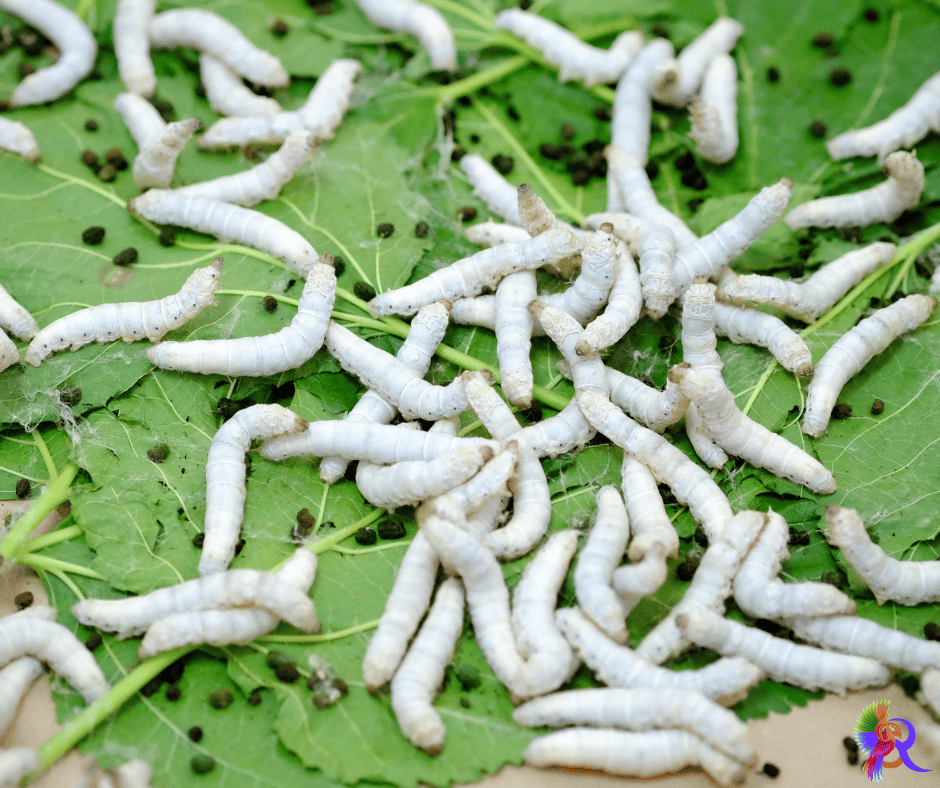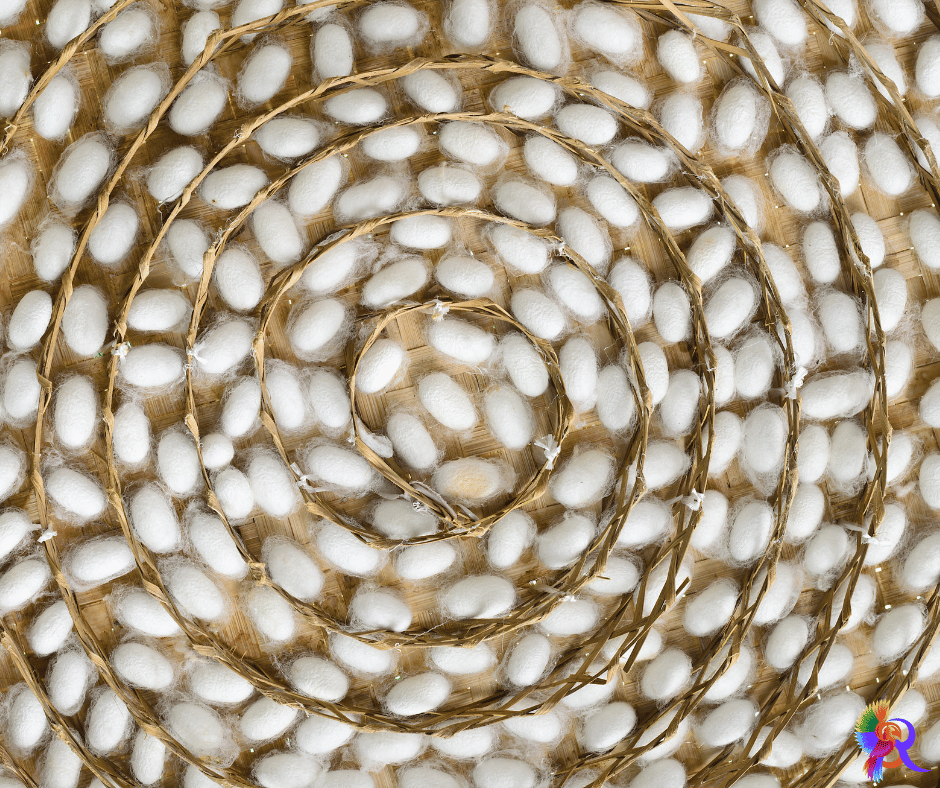
Sericulture, the practice of rearing silkworms for silk production, has been an integral part of Karnataka’s cultural heritage for centuries. The state’s favorable climatic conditions and abundant availability of mulberry trees make it an ideal location for sericulture farming. Karnataka is one of India’s leading producers of silk, and the sericulture industry plays a significant role in the state’s economy, providing livelihoods to thousands of farmers and workers. This article delves into the intricacies of sericulture farming in Karnataka, its historical significance, production techniques, challenges, and the government’s initiatives to support this time-honored tradition.
Historical Significance
The history of sericulture in Karnataka can be traced back to ancient times, with references to silk production found in several historical texts and inscriptions. The introduction of silk production is often attributed to the patronage of rulers like the Chalukyas, Hoysalas, and the Vijayanagara Empire. These empires recognized sericulture’s economic and cultural importance and encouraged its growth through various policies and support.
Over the centuries, sericulture has become an integral part of the rural economy in Karnataka, especially in regions like Mysore, Channapatna, and Ramanagara. Silk sarees, particularly the famous Mysore silk, gained immense popularity nationally and internationally, further boosting the state’s sericulture prominence.
Production Techniques
Sericulture farming in Karnataka involves a series of carefully orchestrated steps to ensure the successful production of silk. Here are the key stages in the sericulture process:

- Mulberry Cultivation: Mulberry leaves are the primary food source for silkworms. Hence, farmers dedicate land to cultivate mulberry trees, ensuring a steady supply of leaves for the silkworms.
- Rearing Silkworms: Silk farming begins with obtaining silkworm eggs from reputable sources. These eggs are placed on specially prepared racks or trays to hatch into larvae. The larvae are reared carefully and fed with mulberry leaves until they grow into full-sized silkworms.
- Cocoon Formation: As the silkworms grow, they spin a silk cocoon around themselves. This process takes about two to three days, and the silkworm becomes a pupa inside the cocoon.
- Harvesting Cocoons: The harvested cocoons are carefully sorted based on quality, size, and color. Cocoons with pupae inside are used to obtain raw silk, while those kept aside for breeding will be allowed to emerge as moths.
- Silk Extraction: The cocoons are then subjected to hot water or steam to loosen the silk threads. These threads are carefully unwound to form a continuous filament, then spun into silk yarn.
- Weaving: The silk yarn is sent to skilled weavers who transform it into beautiful fabrics, such as sarees, scarves, and other silk products.
Challenges in Sericulture Farming
Despite its rich history and economic significance, sericulture farming in Karnataka faces various challenges that impact its growth and sustainability:
- Climate Vulnerability: Sericulture heavily depends on favorable weather conditions, making it susceptible to changes in temperature and rainfall patterns. Extreme weather events, like droughts or unseasonal rains, can negatively impact silkworms and mulberry cultivation.
- Disease and Pest Management: Silkworms are susceptible to various diseases and pests, which can cause significant losses if not managed effectively. Maintaining hygienic rearing practices and employing appropriate preventive measures is crucial.
- Fluctuating Demand: The demand for silk products can be unpredictable, which affects the income of sericulture farmers and weavers. Competition from synthetic fabrics further adds to the industry’s challenges.
Government Initiatives and Support
To address the challenges faced by sericulture farmers and promote sustainable growth, the Karnataka government has implemented several initiatives:
- Subsidies and Financial Assistance: The government provides financial assistance and subsidies to sericulture farmers to purchase equipment, mulberry saplings, and inputs.
- Research and Development: Research institutions and universities in Karnataka conduct studies to improve sericulture practices, develop disease-resistant silkworm breeds, and enhance mulberry cultivation techniques.
- Marketing and Promotion: Efforts are made to promote Karnataka’s silk products through exhibitions, trade fairs, and e-commerce platforms, both domestically and internationally.
- Training and Skill Development: Training programs are conducted to enhance the skills of sericulture farmers and weavers, helping them adapt to modern practices and market trends.
Conclusion
Sericulture farming in Karnataka is more than just a livelihood; it is a cultural legacy that has stood the test of time. Despite its challenges, the state continues to hold a prominent position in India’s silk production landscape. With ongoing government support and innovation in production techniques, sericulture in Karnataka can be sustained, ensuring a prosperous future for future generations. As consumers, appreciating and supporting the craftsmanship behind Karnataka’s silk products can play a crucial role in preserving this ancient tradition.


